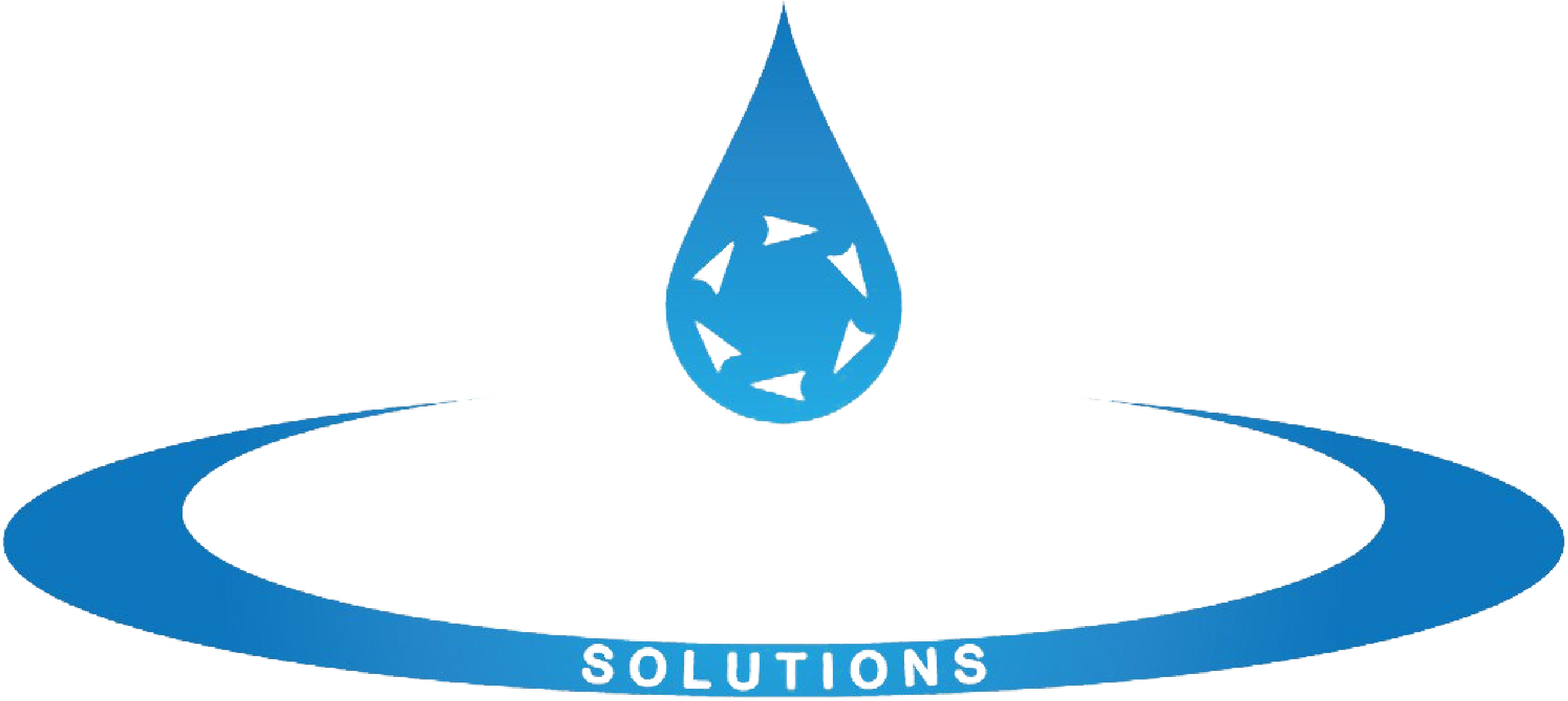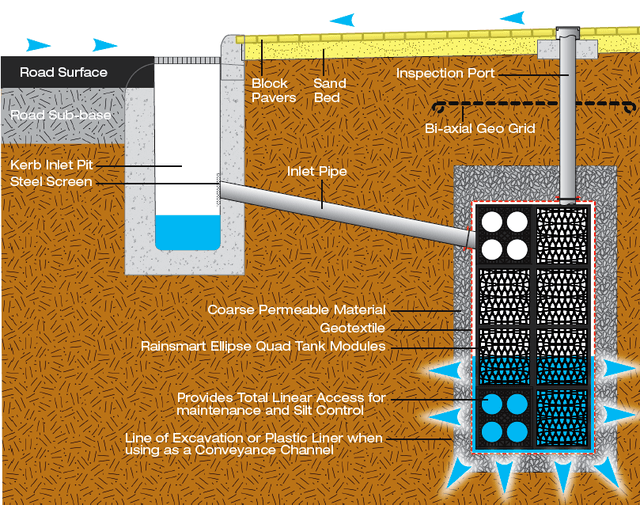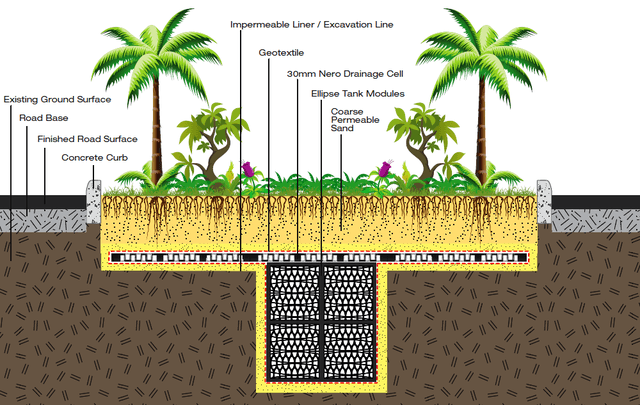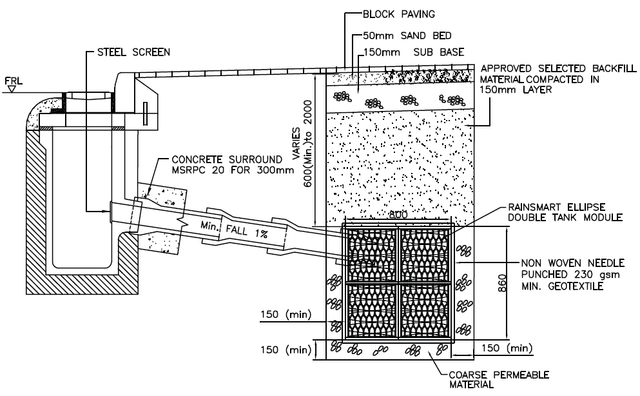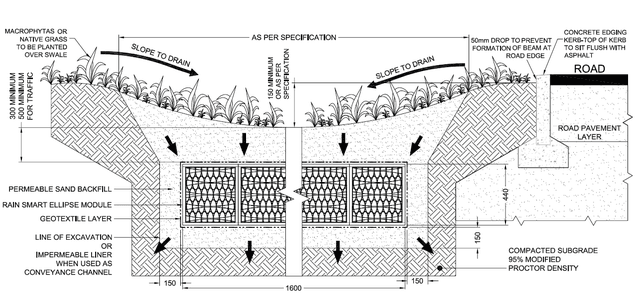Ecological Road Drainage:
| The impacts of road runoff and drainage on aquatic and terrestrial ecosystems have long been overlooked as the environmental focus has remained on more traditional sources of ecosystem degradation. At Rain smart fragment all the current facts and practices and offer a simple point source Zero contamination, Zero Discharge stormwater solutions for the roads of today and future. Water quality impacts:Water quality from roads can be directly related to road construction and maintenance activities, and vehicle movement and wear. Potential pollutants include gross pollutants and litter, sediment and suspended solids, toxic organics, nutrients, heavy metals, and hydrocarbons. While gross pollutants such as litter give the appearance of serious ecological pollution, they are generally more an aesthetic nuisance than a biological hazard. Suspended sediment is the next most obvious form of pollutant, as most people can easily distinguish between clear and turbid water. From an ecological perspective, sediment and suspended solids are also the most significant of all the road runoff pollutants. Physically, sediment interferes with the respiration and feeding of aquatic plants and animals. Chemically, many other potential pollutants such as nutrients, heavy metals and organic substances, are adsorbed to, and travel with, sediments. Sediments and suspended solids are also particularly important because they are manageable. Elevated levels of nutrients such as phosphorous and nitrogen are also found in road runoff and can contribute to the accelerated growth of nuisance aquatic plants and cause a reduction in the levels of dissolved oxygen. Nutrification is a principal cause of algal blooms, and the nutrients contained in road runoff can add to the total nutrient load of the waterway. Nutrients are usually associated with the fine suspended sediment in the runoff. Water quantity impacts:Changes to water quantity (stormwater runoff volumes) result from increased impervious surfaces, and lead to higher peak flow rates in streams. This increases the magnitude and frequency of in-stream habitat disturbances, causing the loss of species unsuited to such conditions. Up to 70% of the impervious area in urban catchments has a transport related function, although only about 40-50% is associated with roads, and a much smaller area is attributed to main roads and freeways. The transport sector is clearly responsible for a large proportion of the peak flow impacts in urban areas. The use of Proper subsoil drainage system will enhance road life and performance. Infiltration & reuse measures such as Grass swale, Bio retention basins, and rains gardens for the treatment of road runoff has the potential to yield significant gains in both quality and quantity of road run off. |
|
